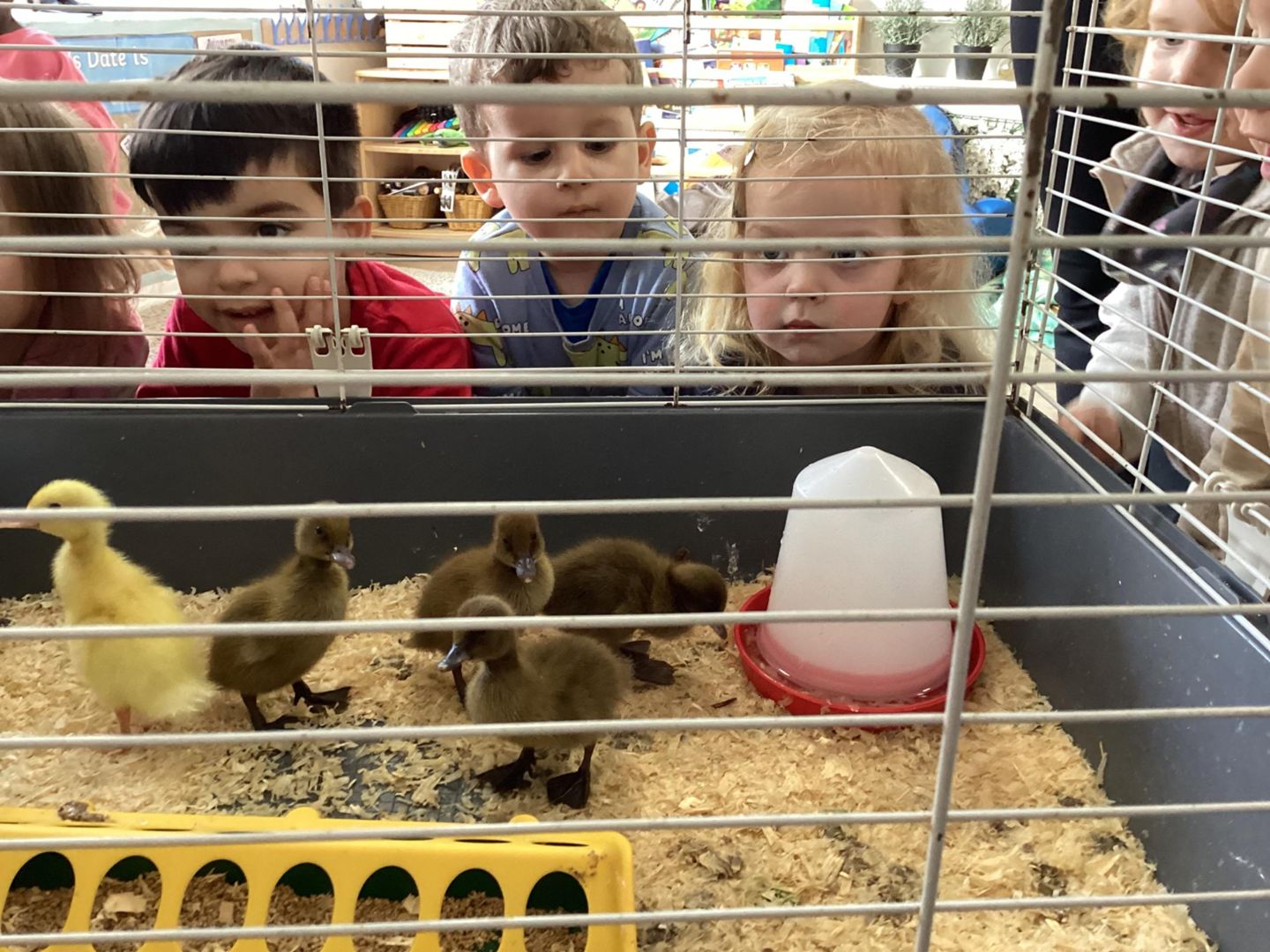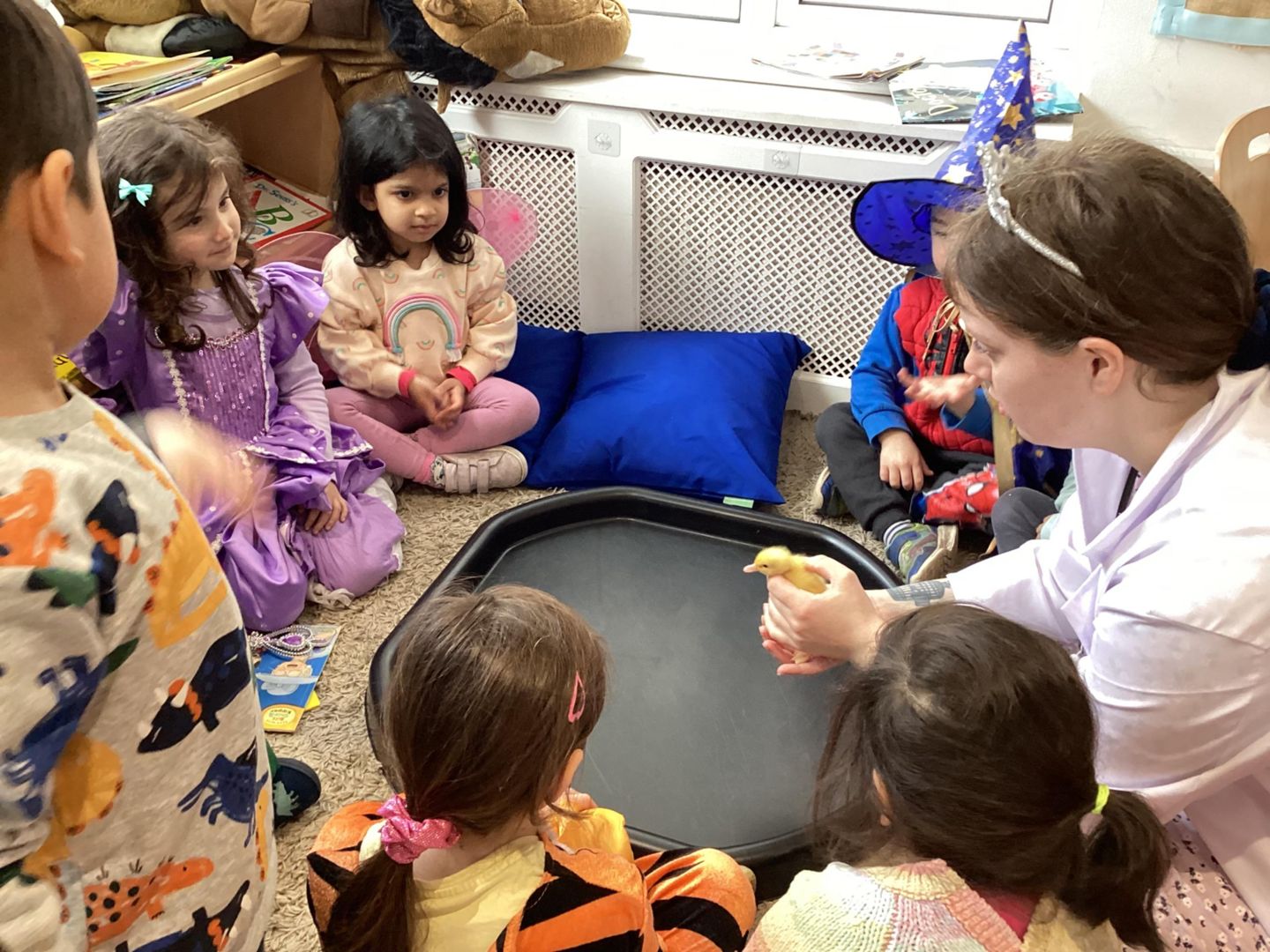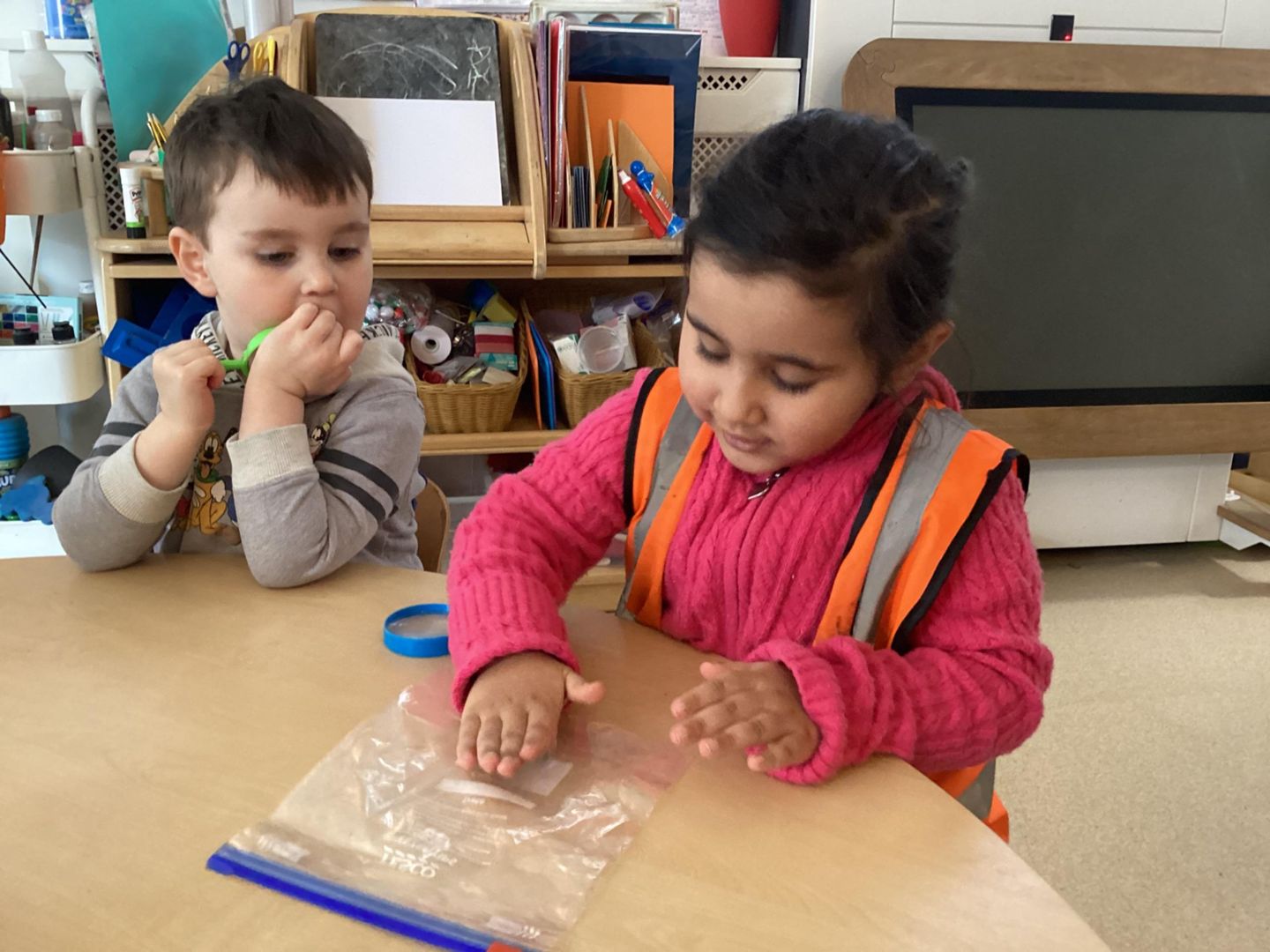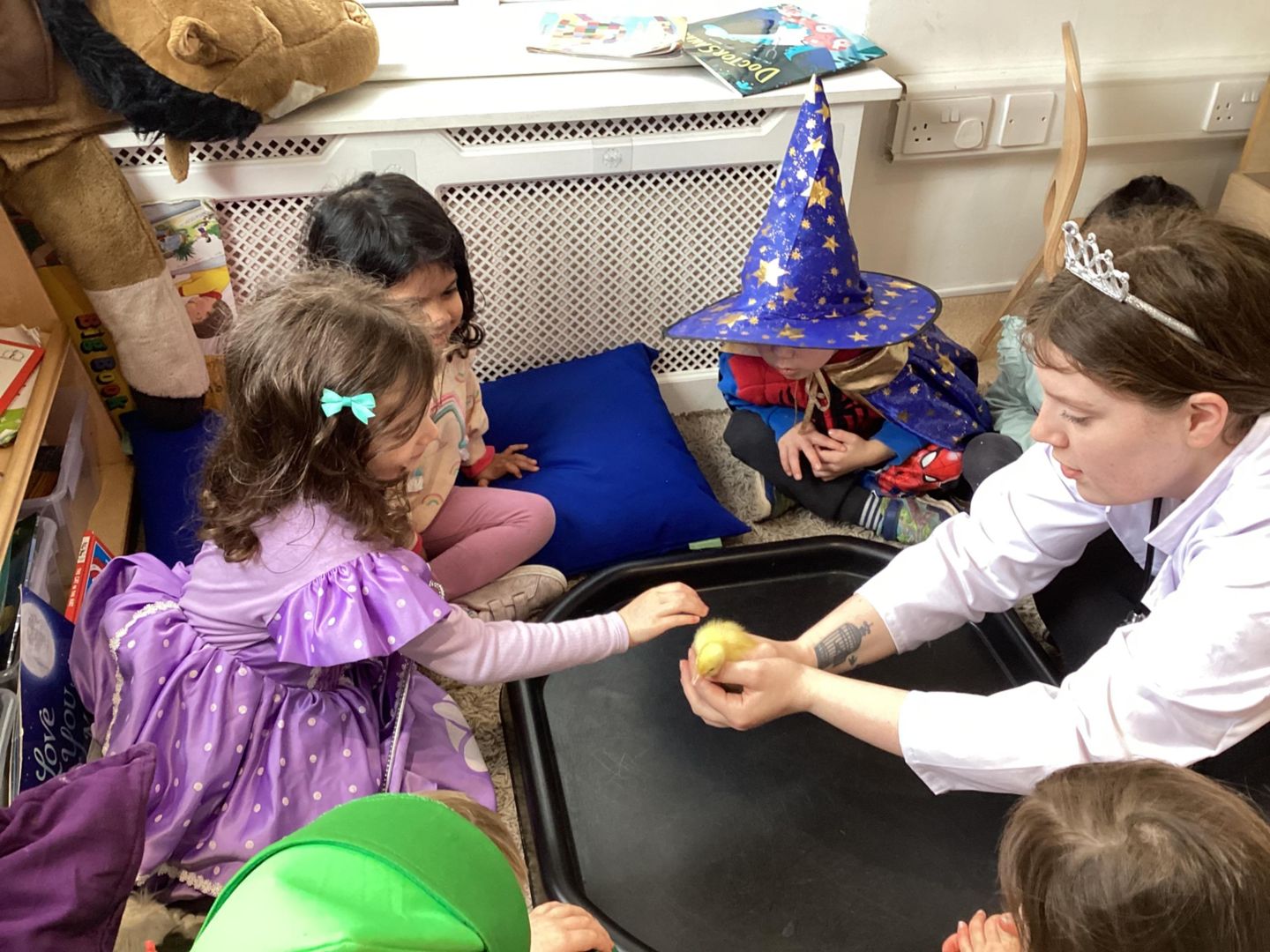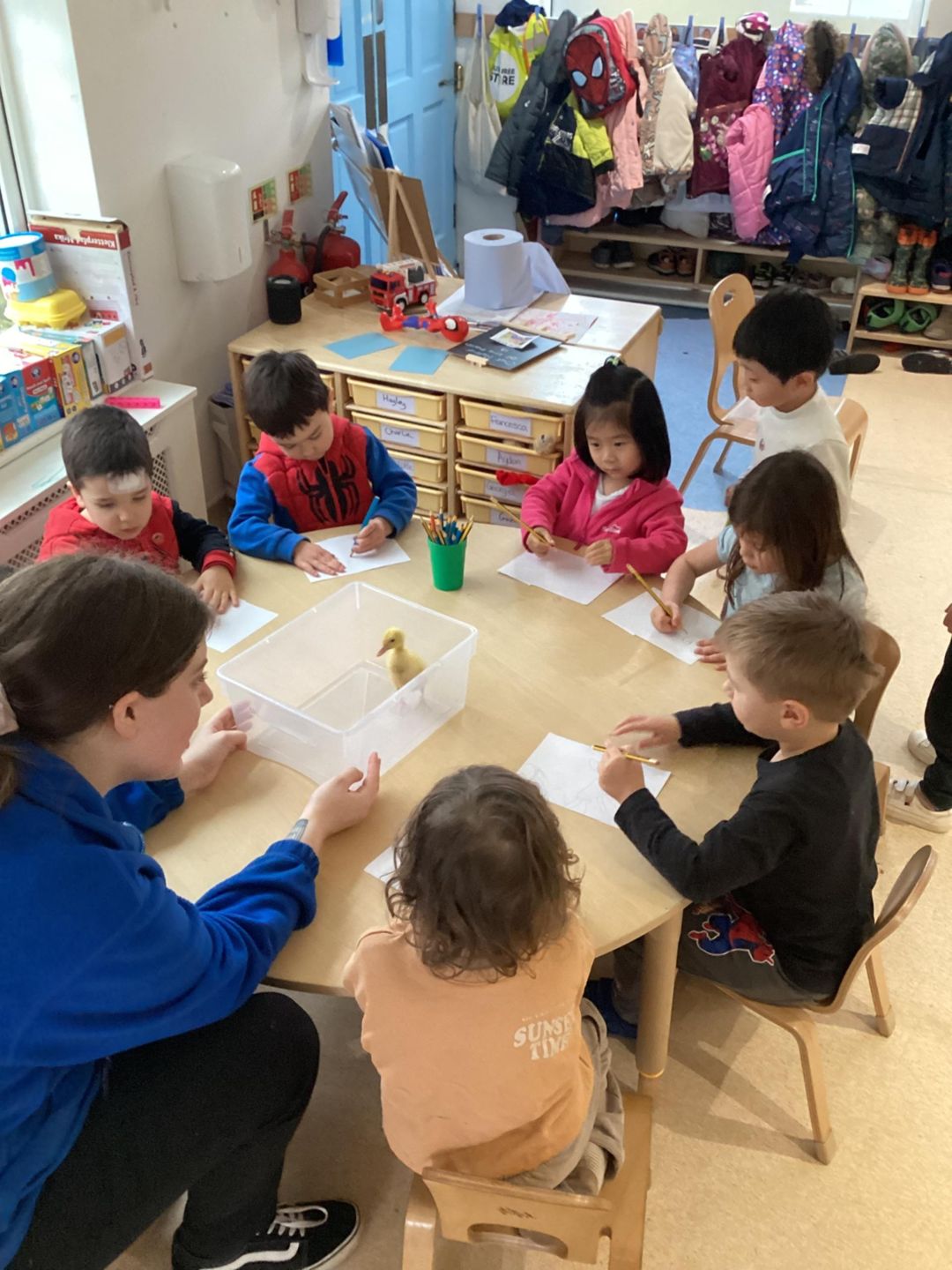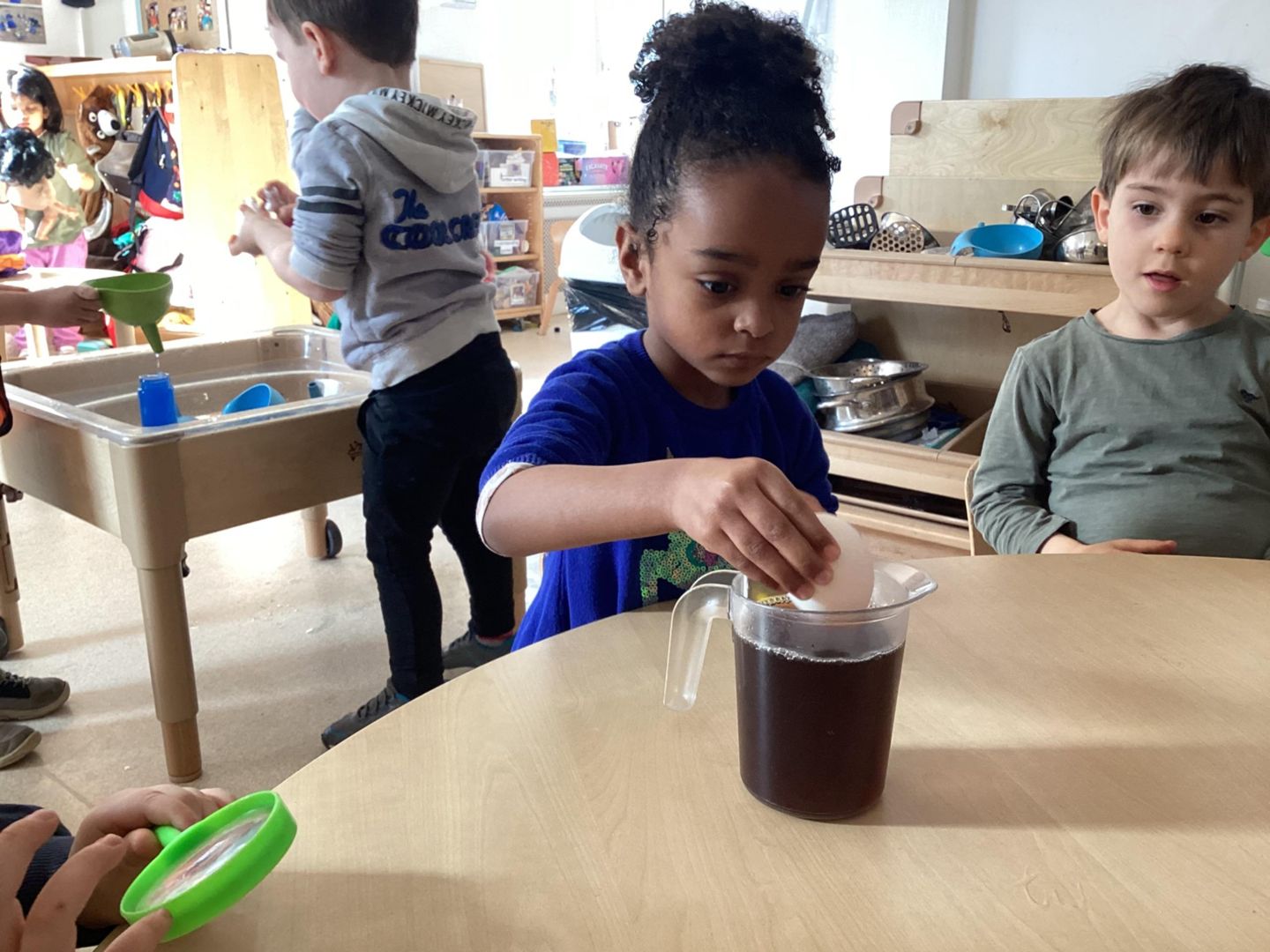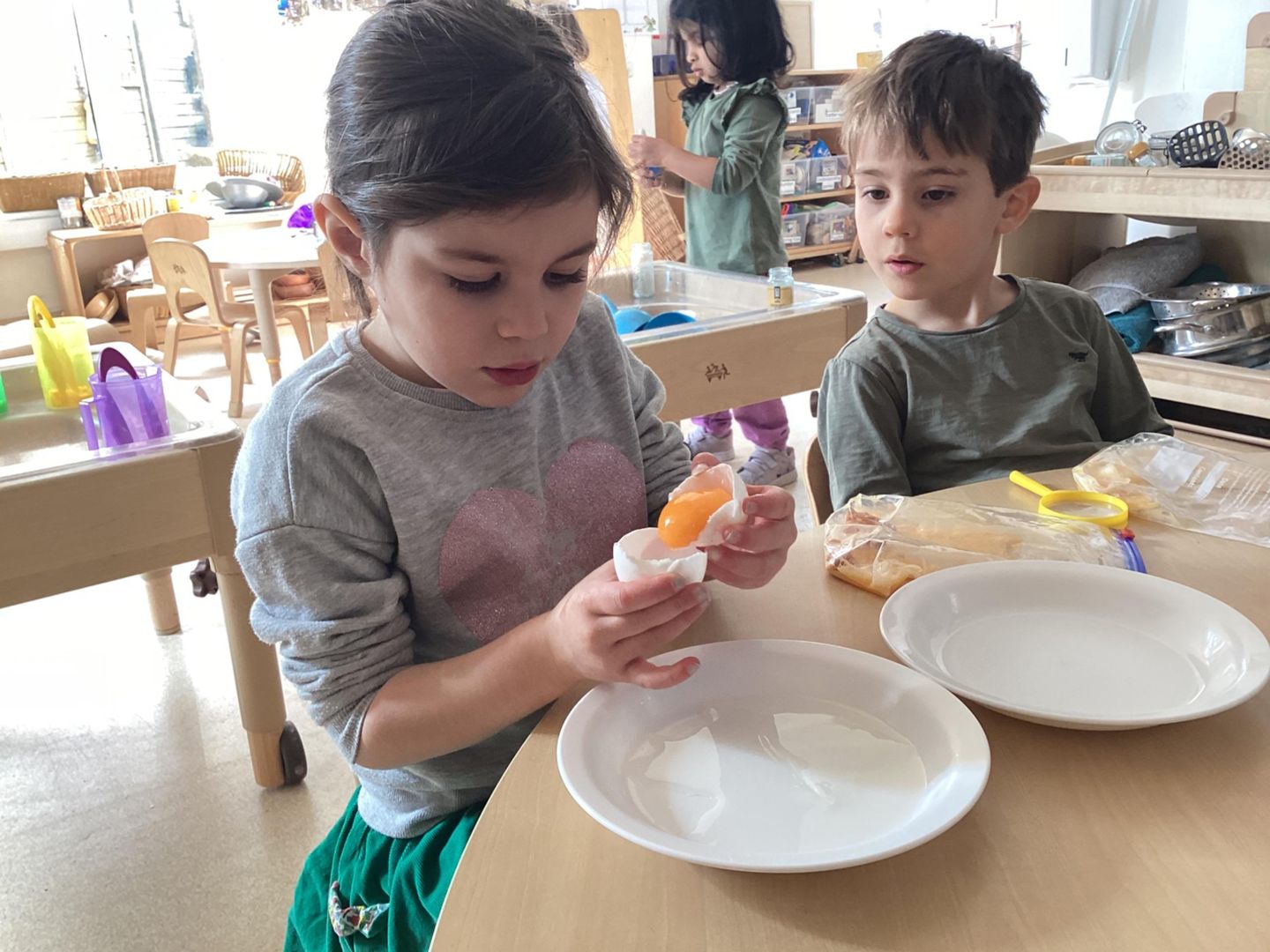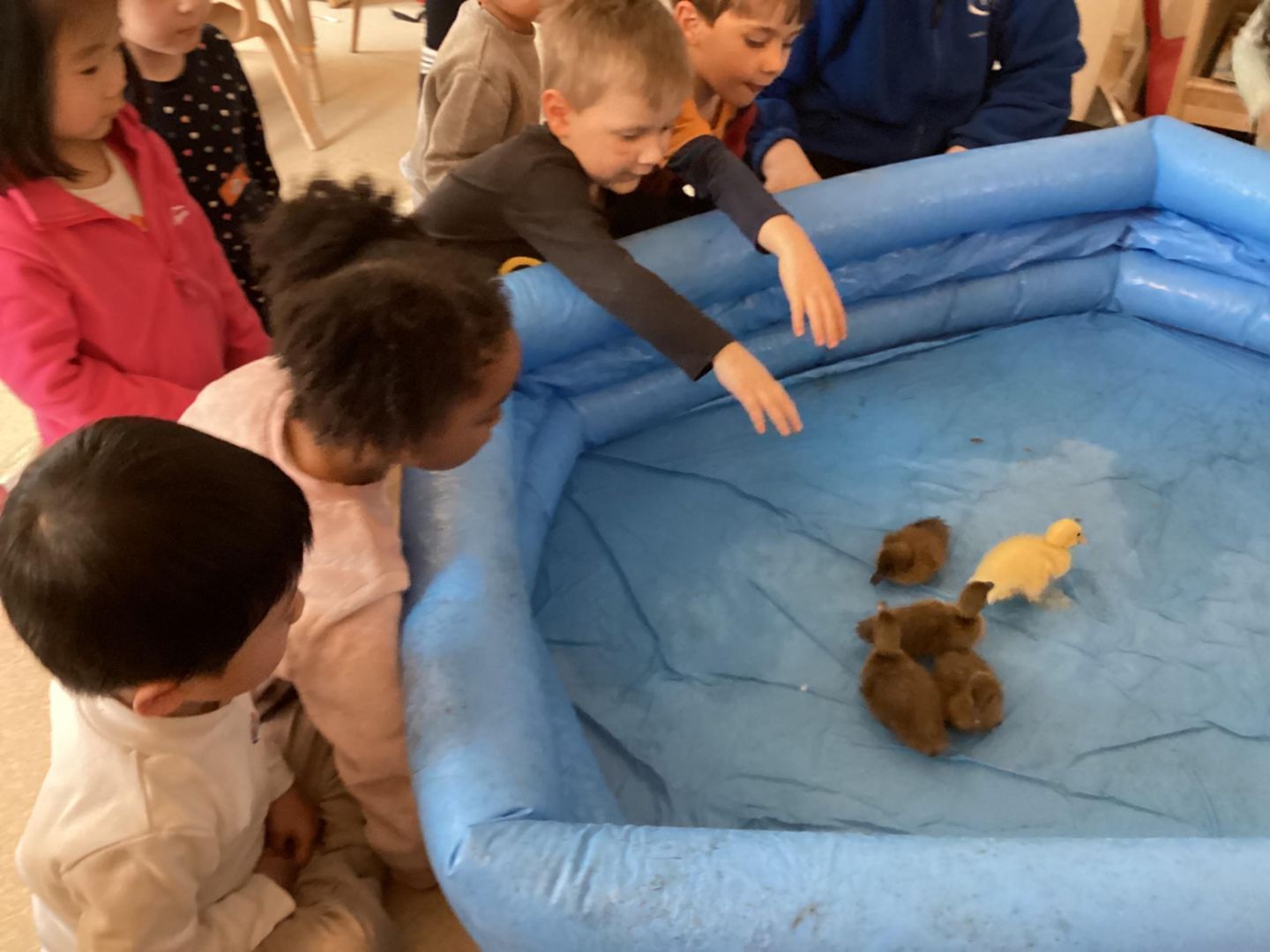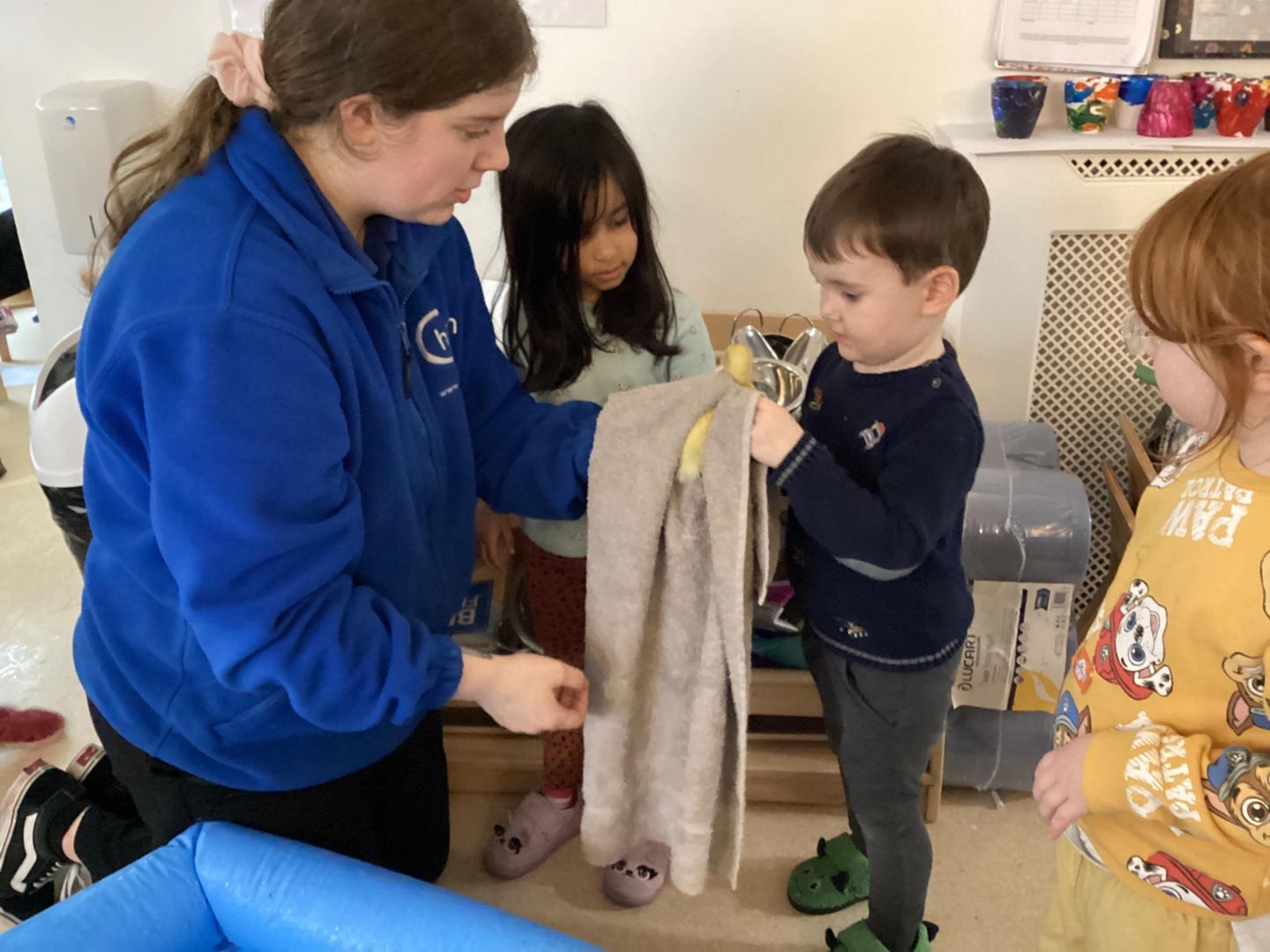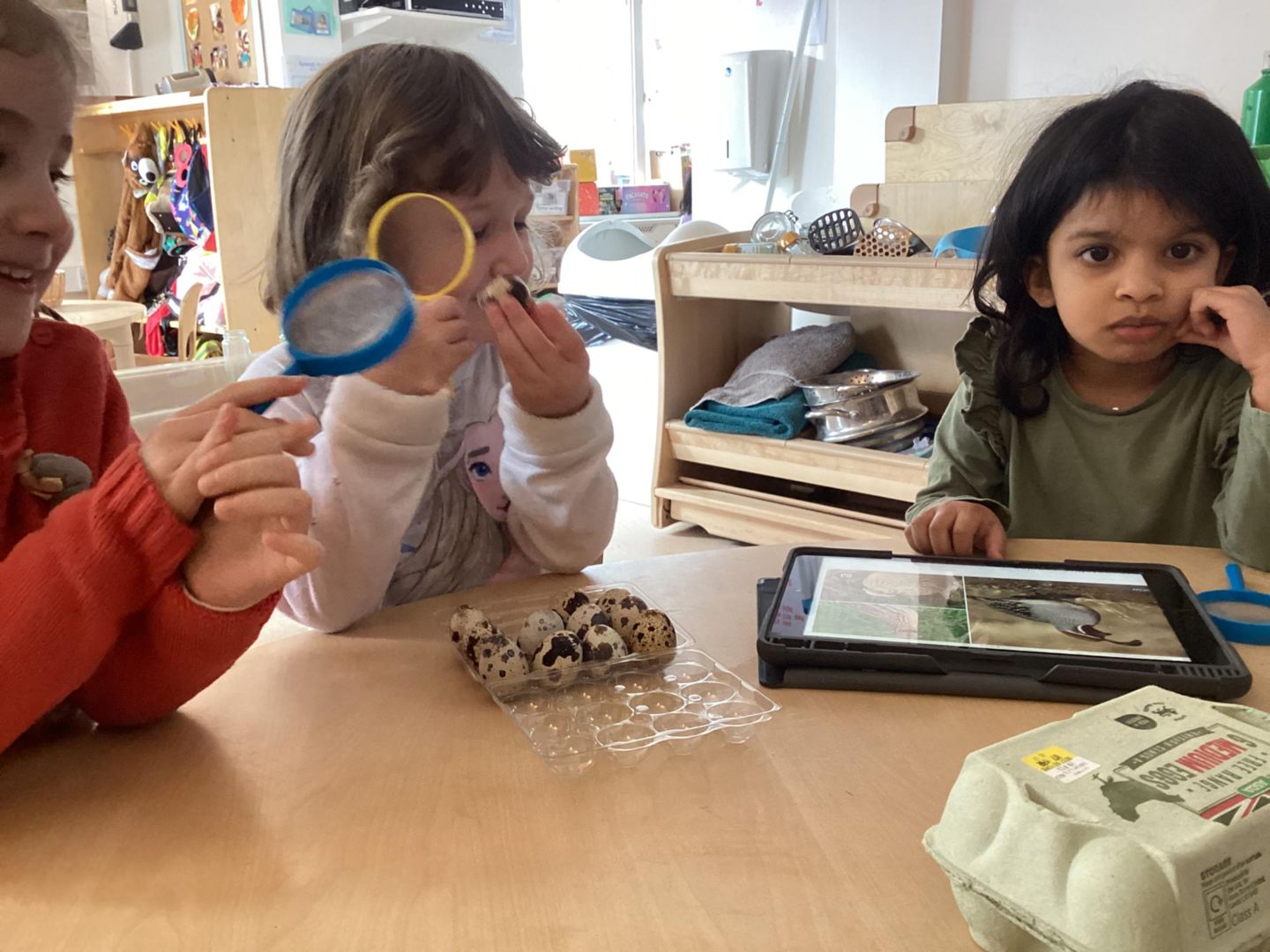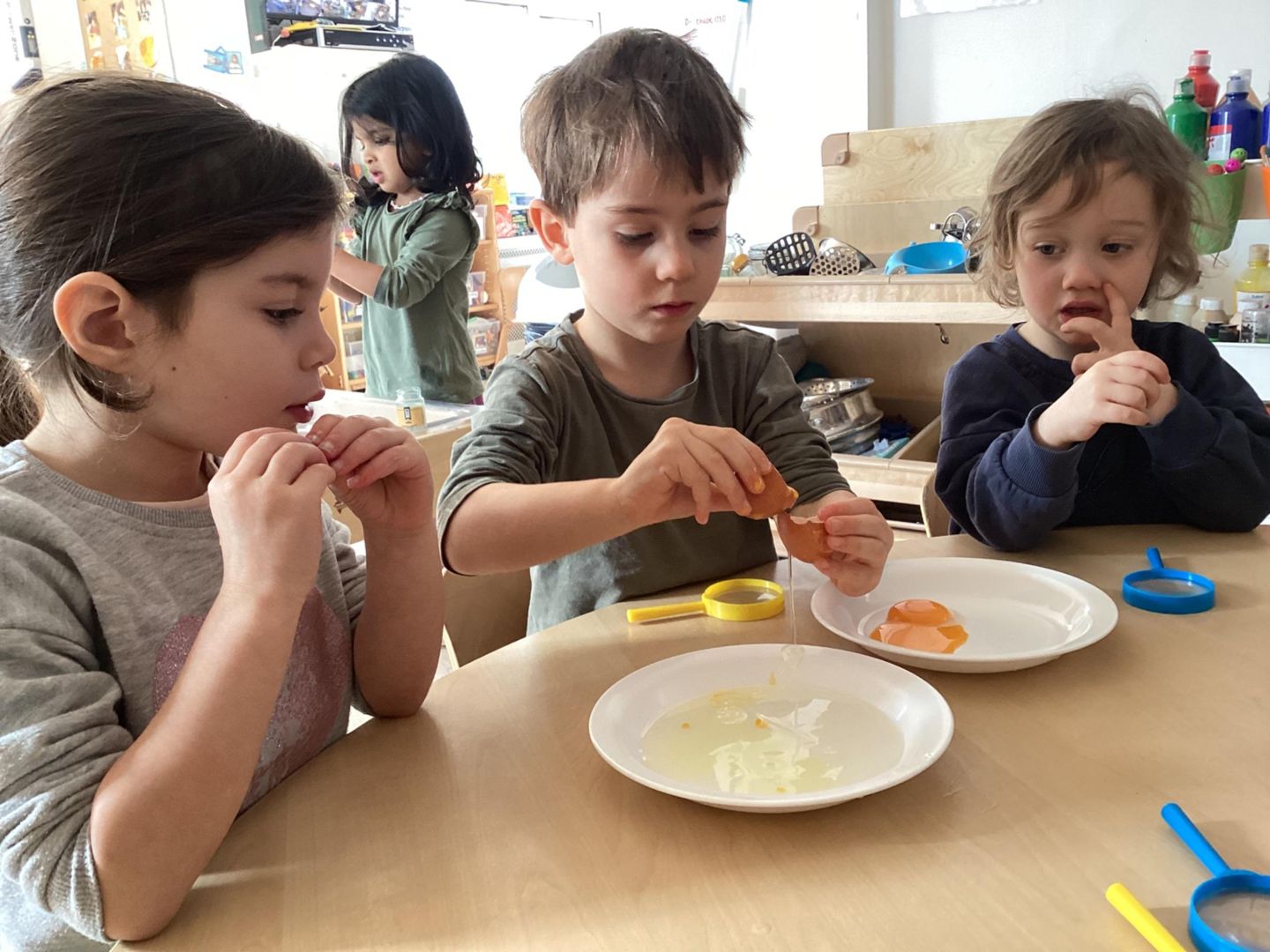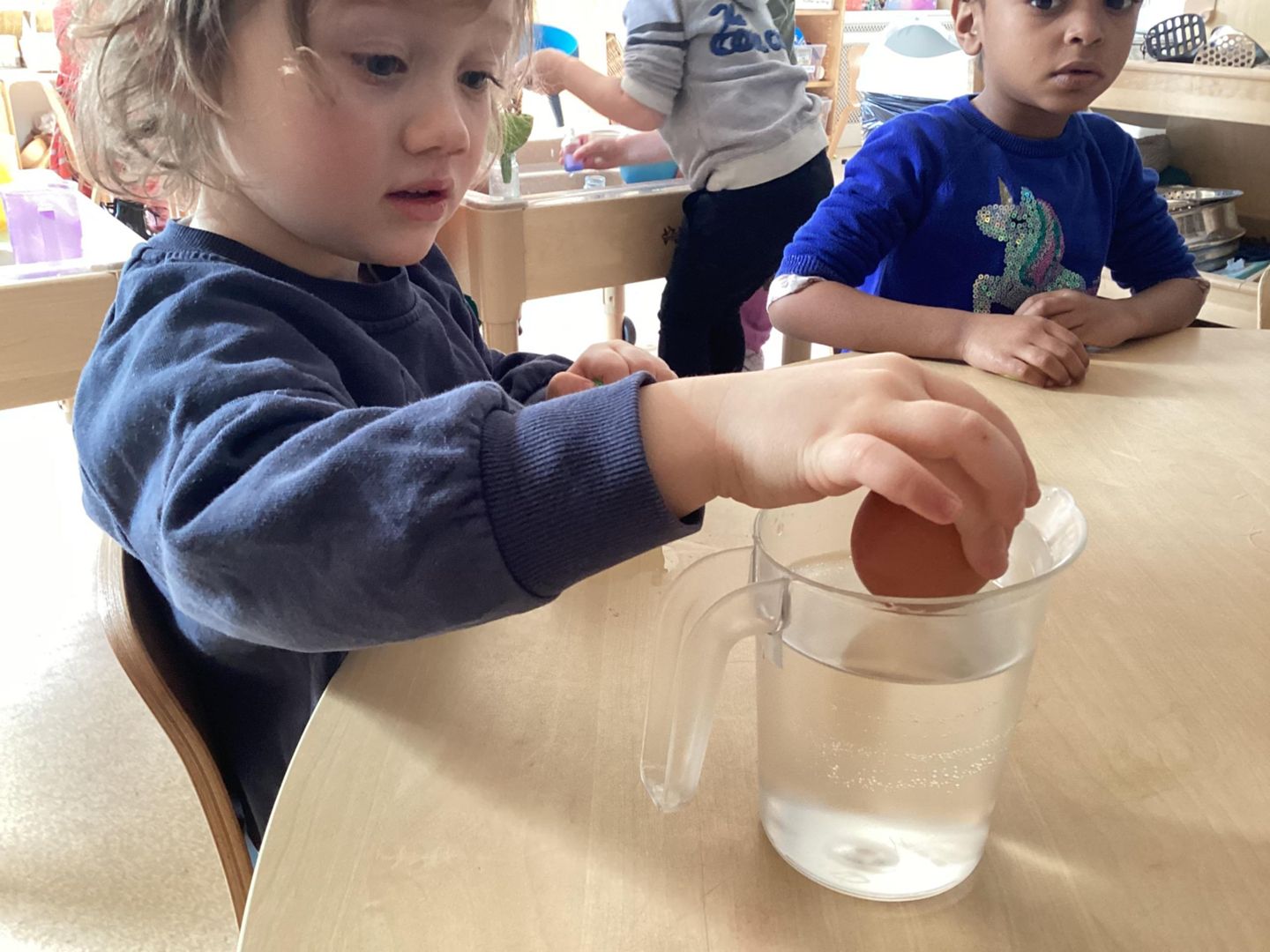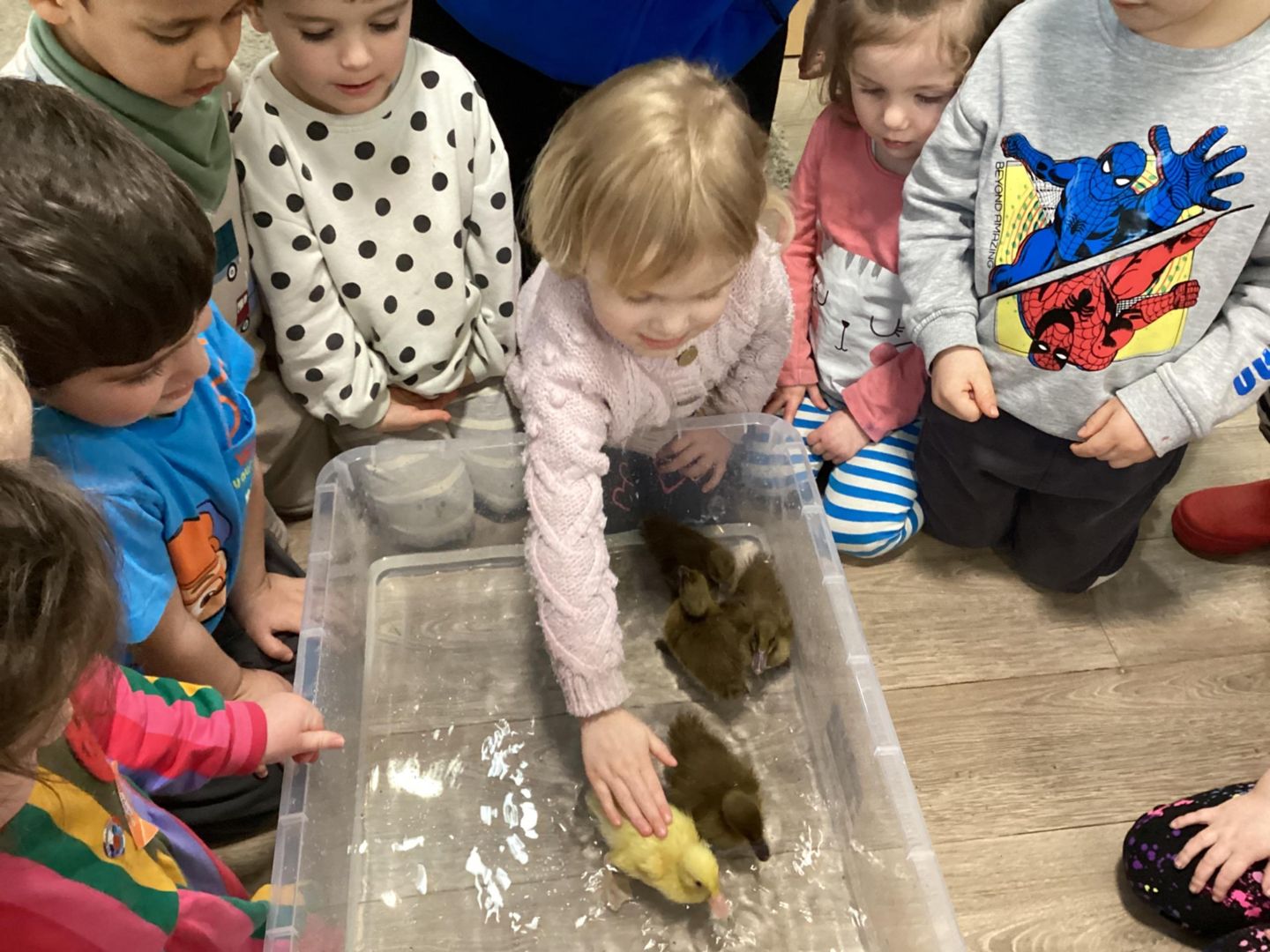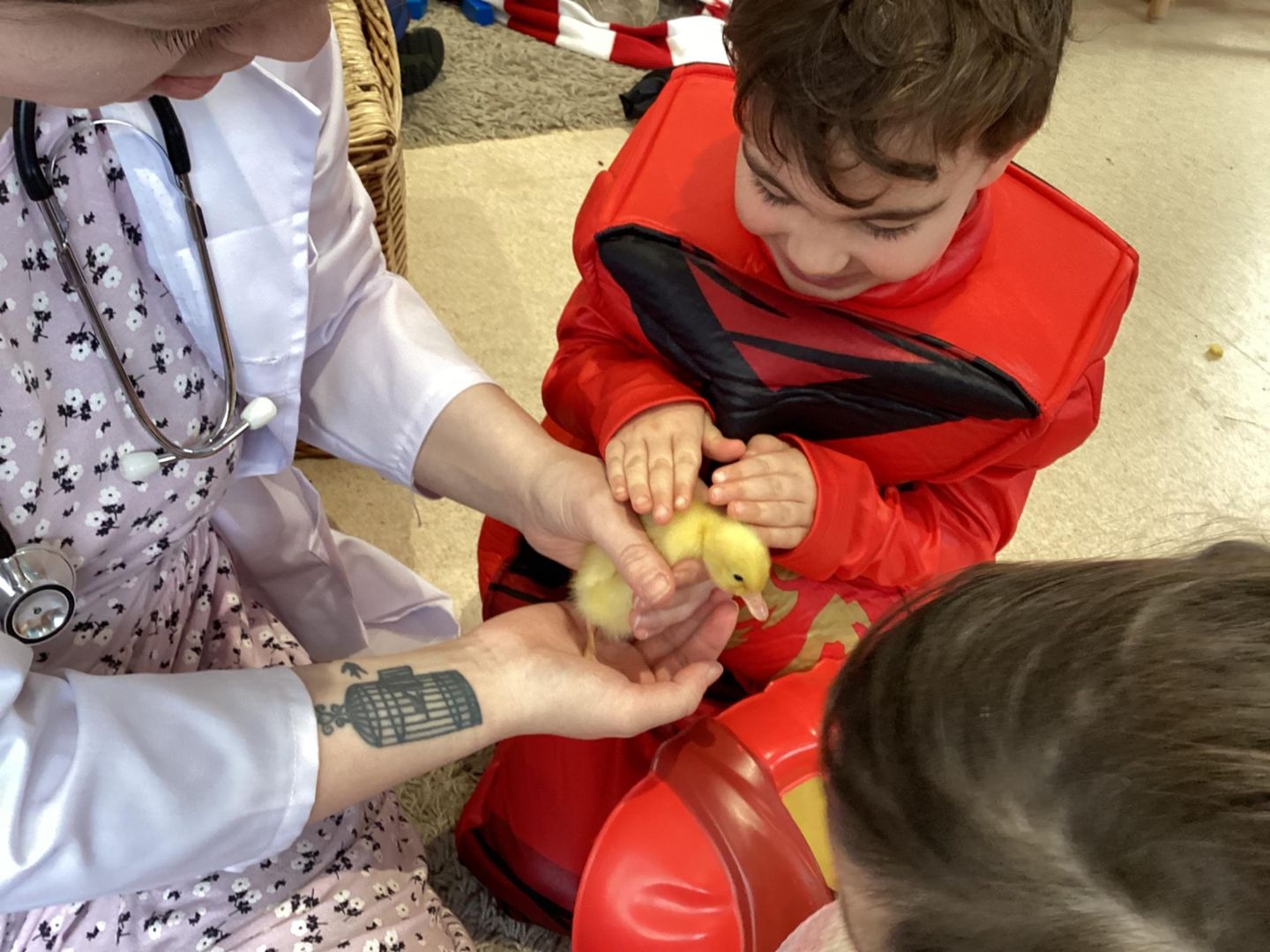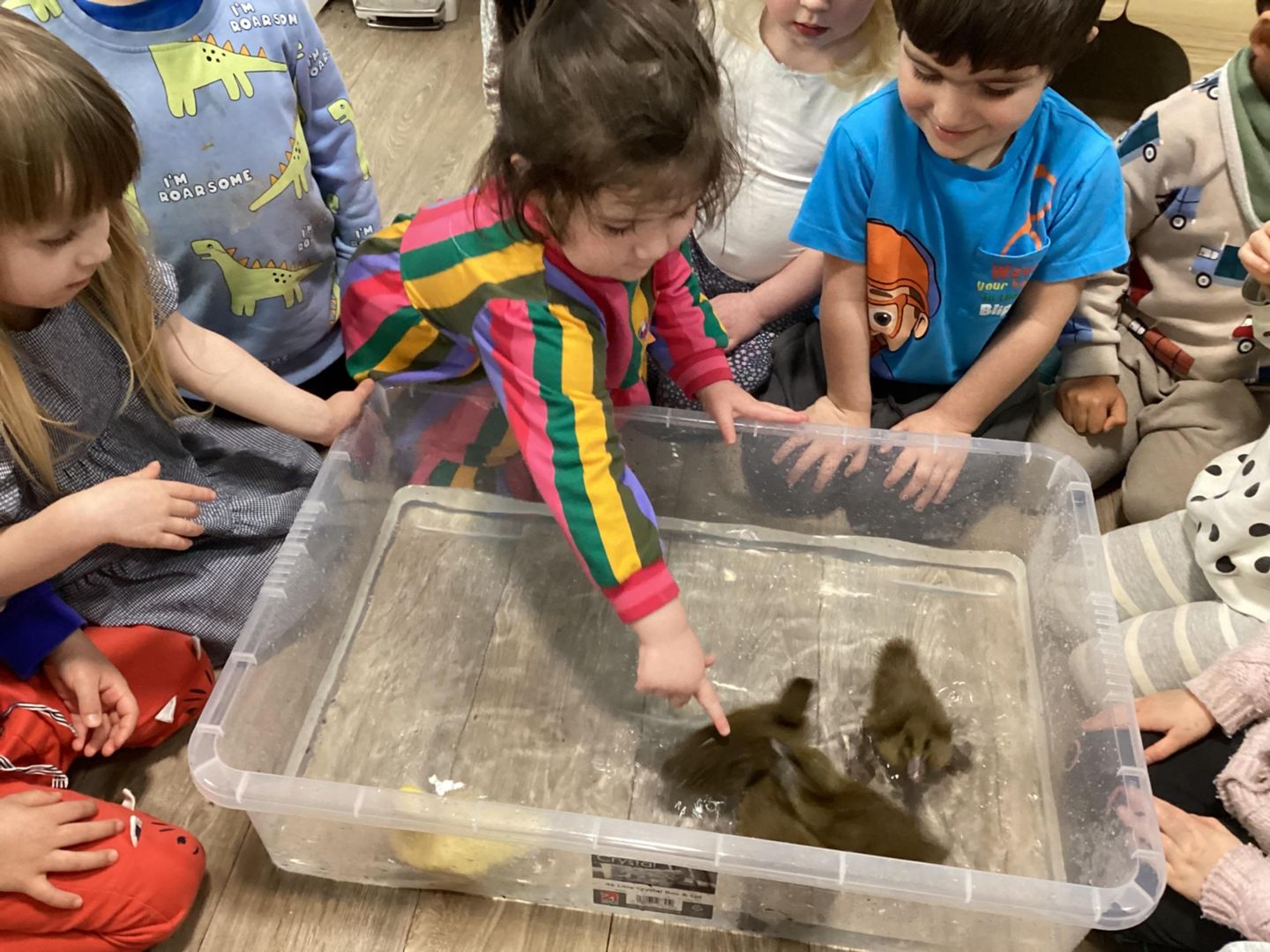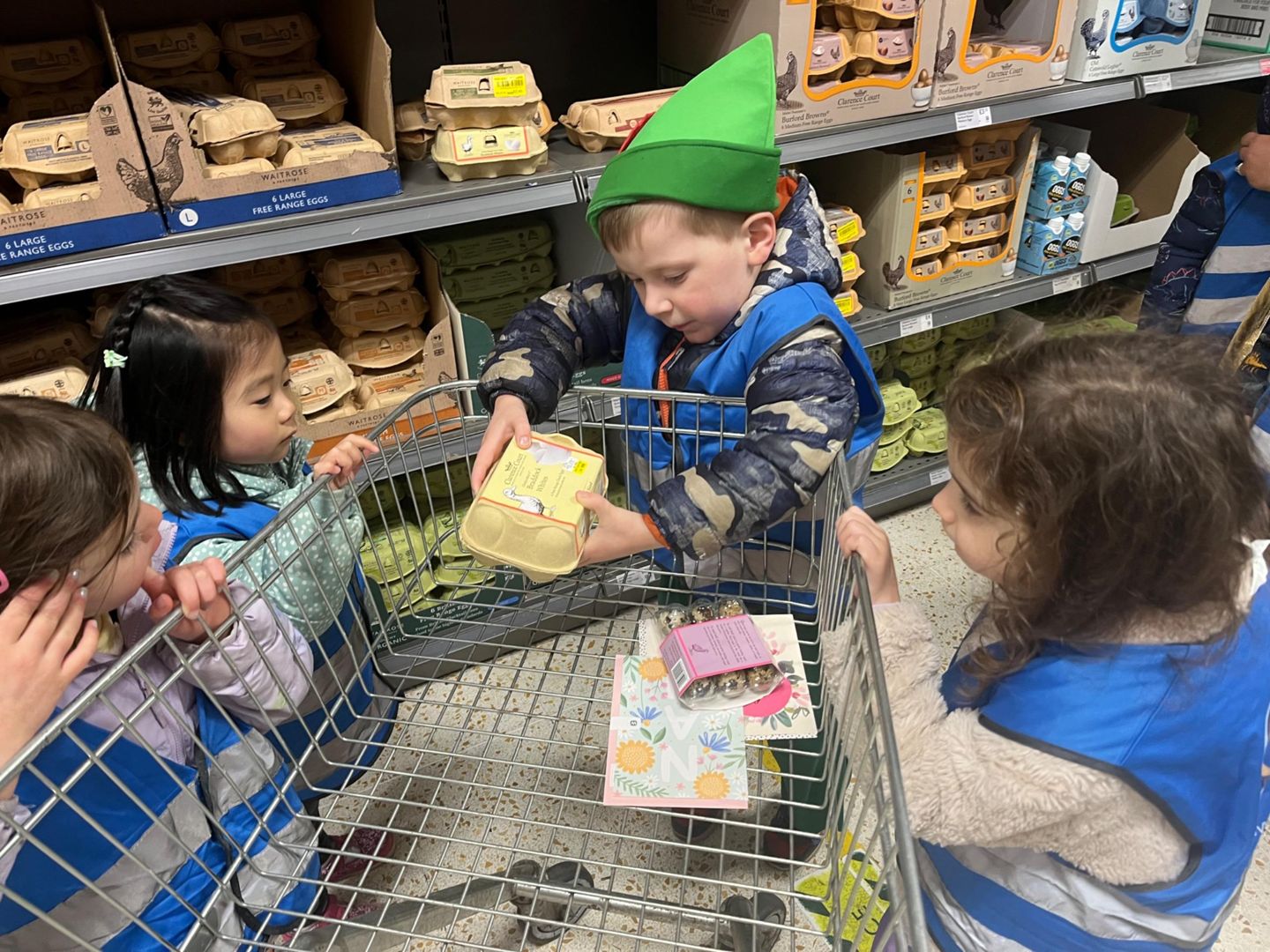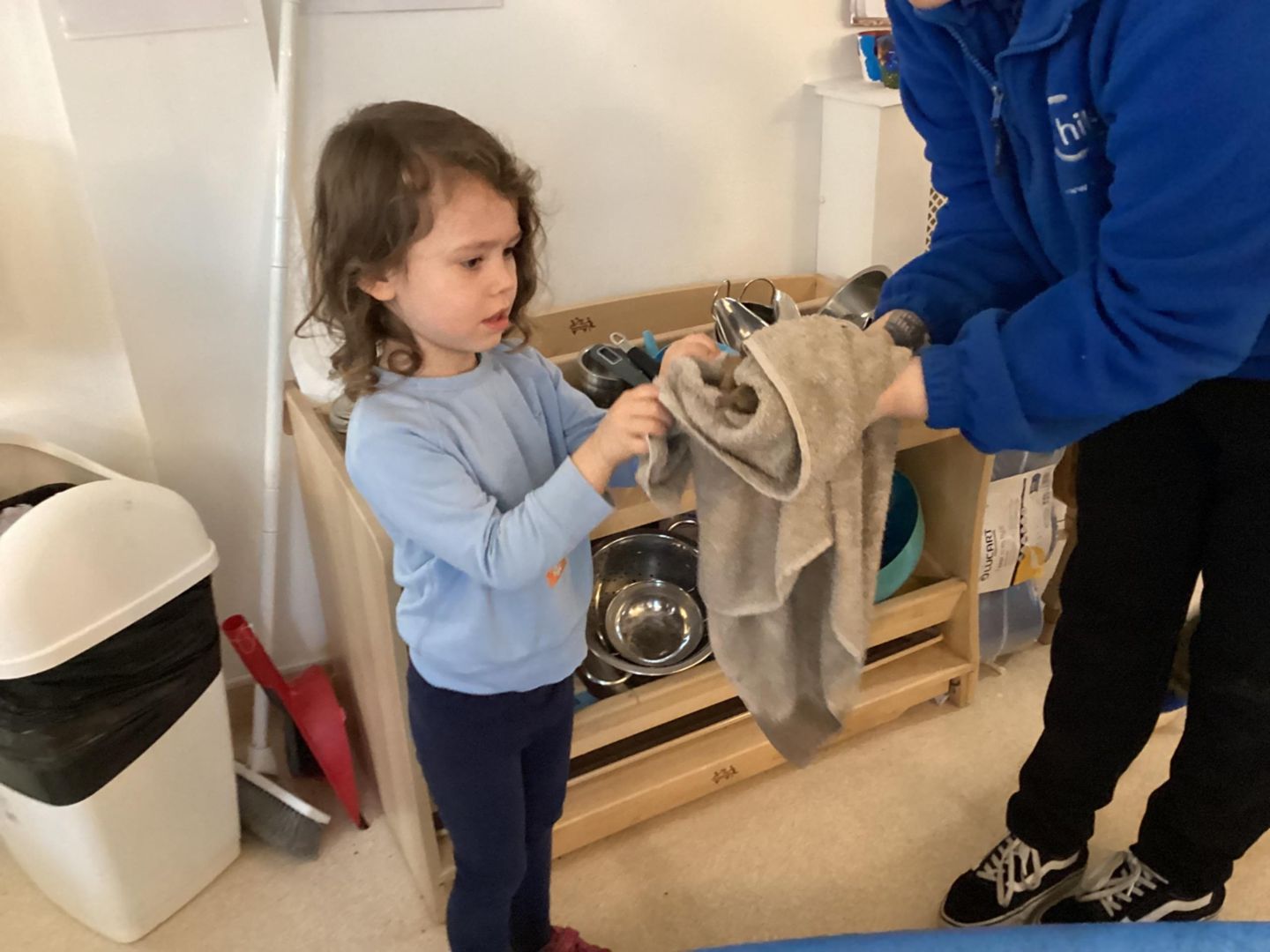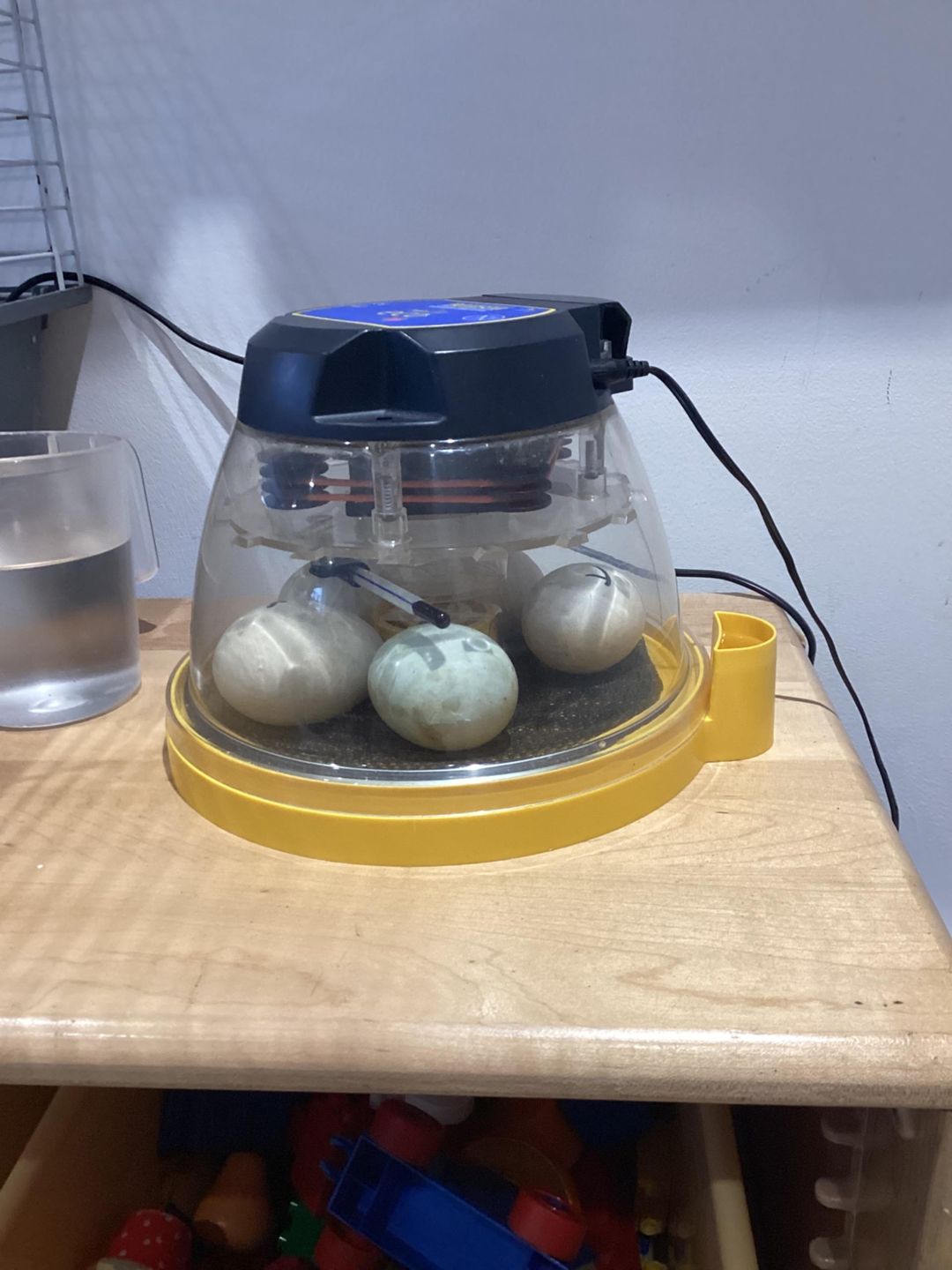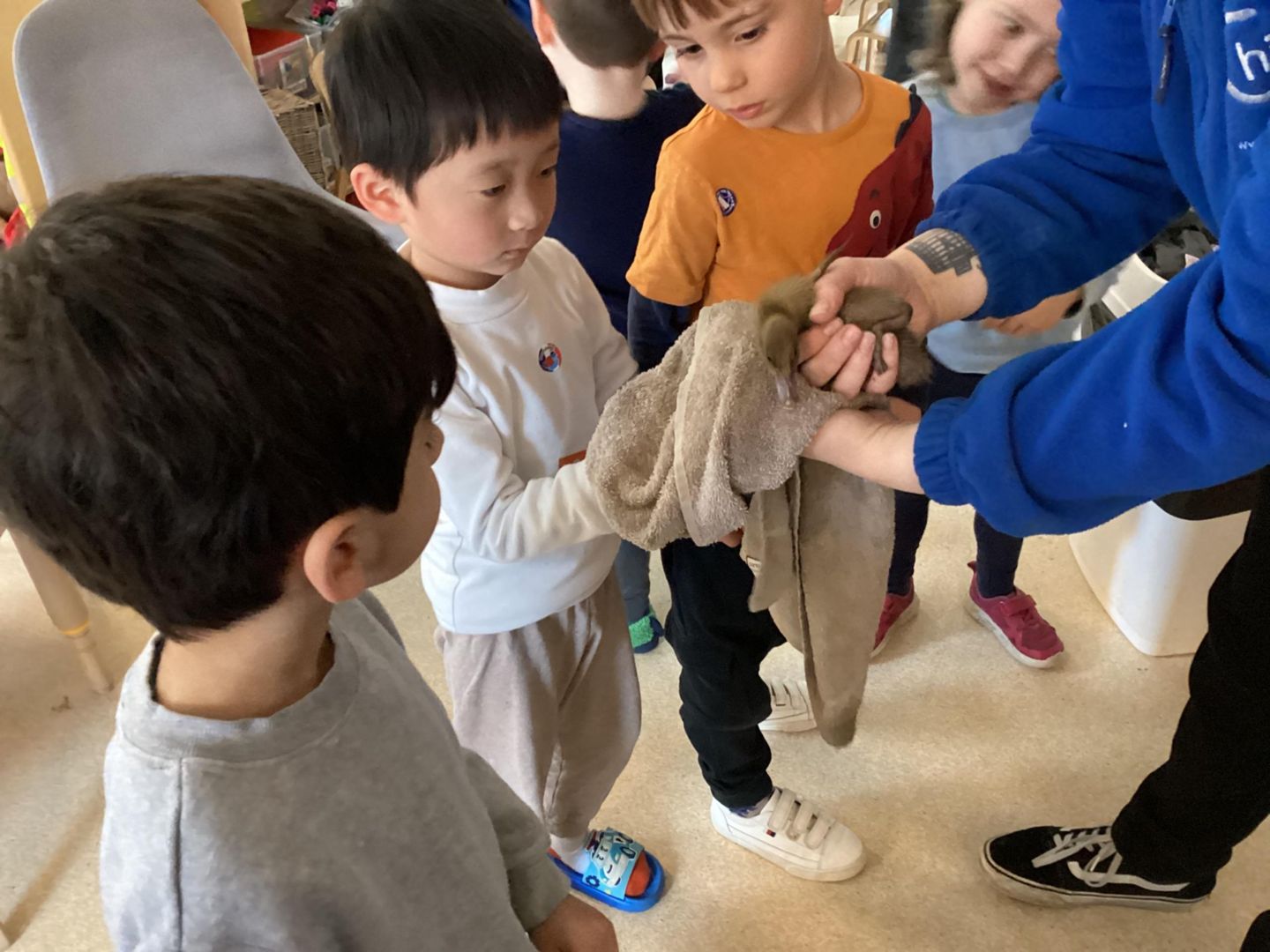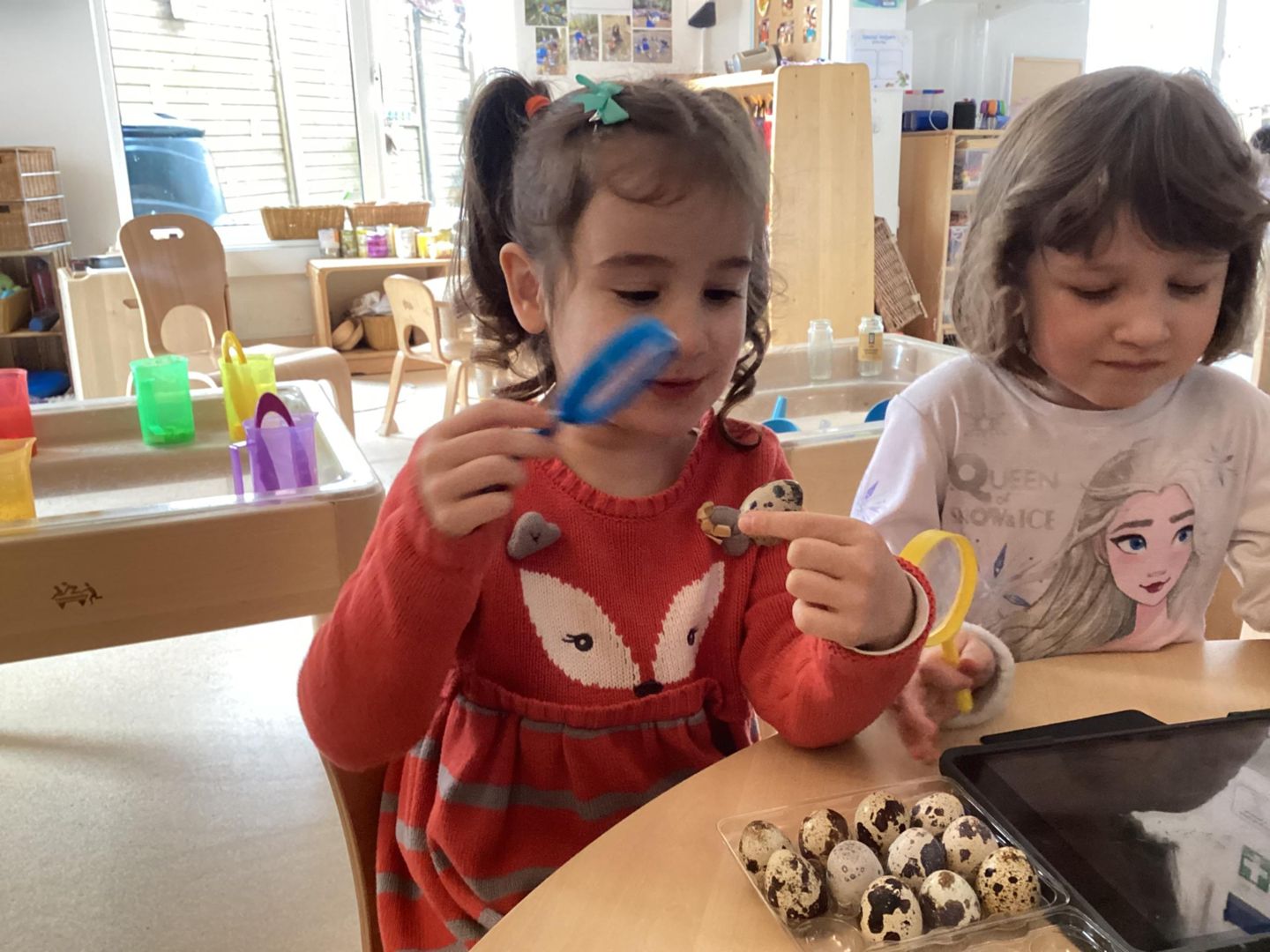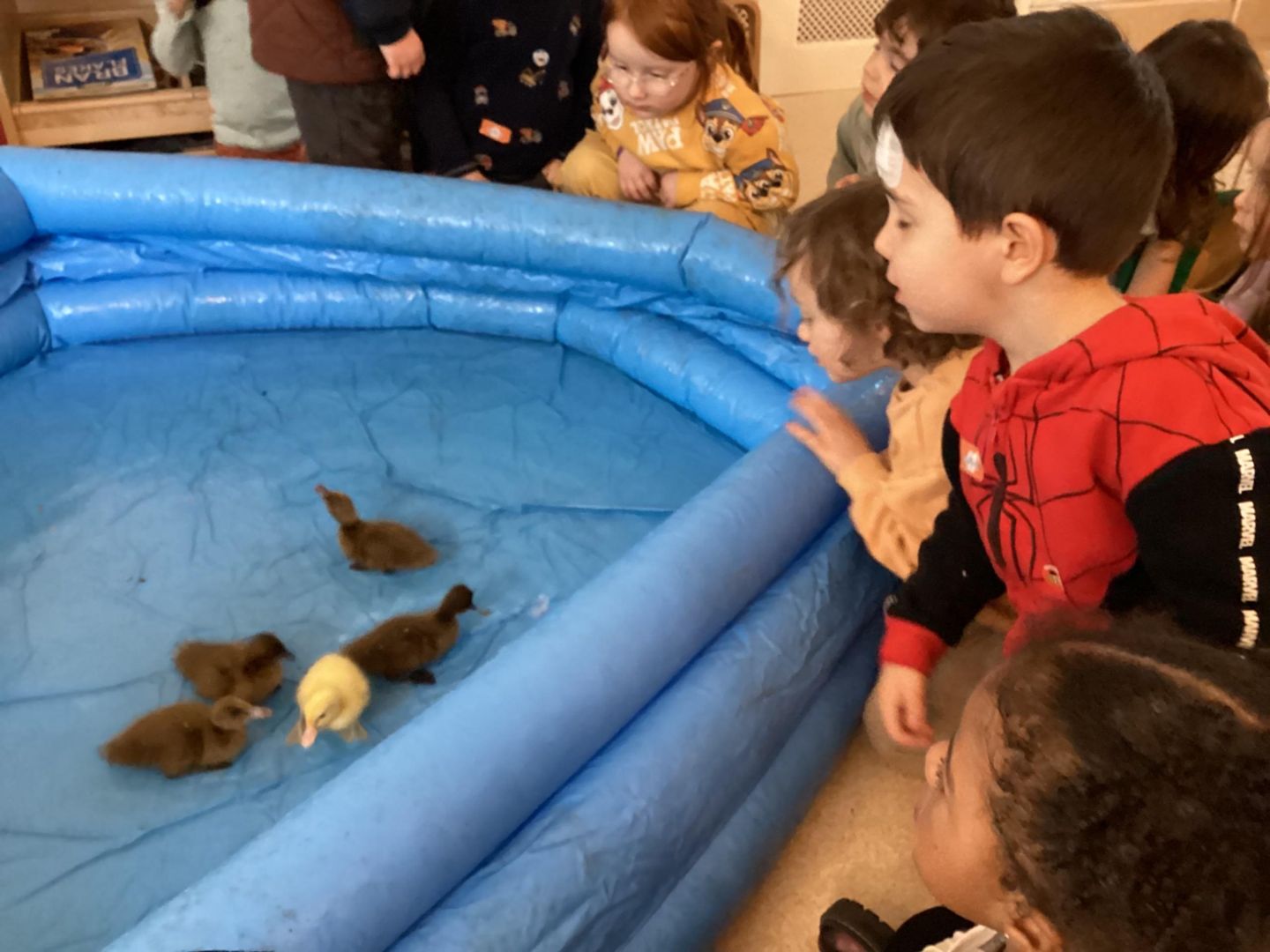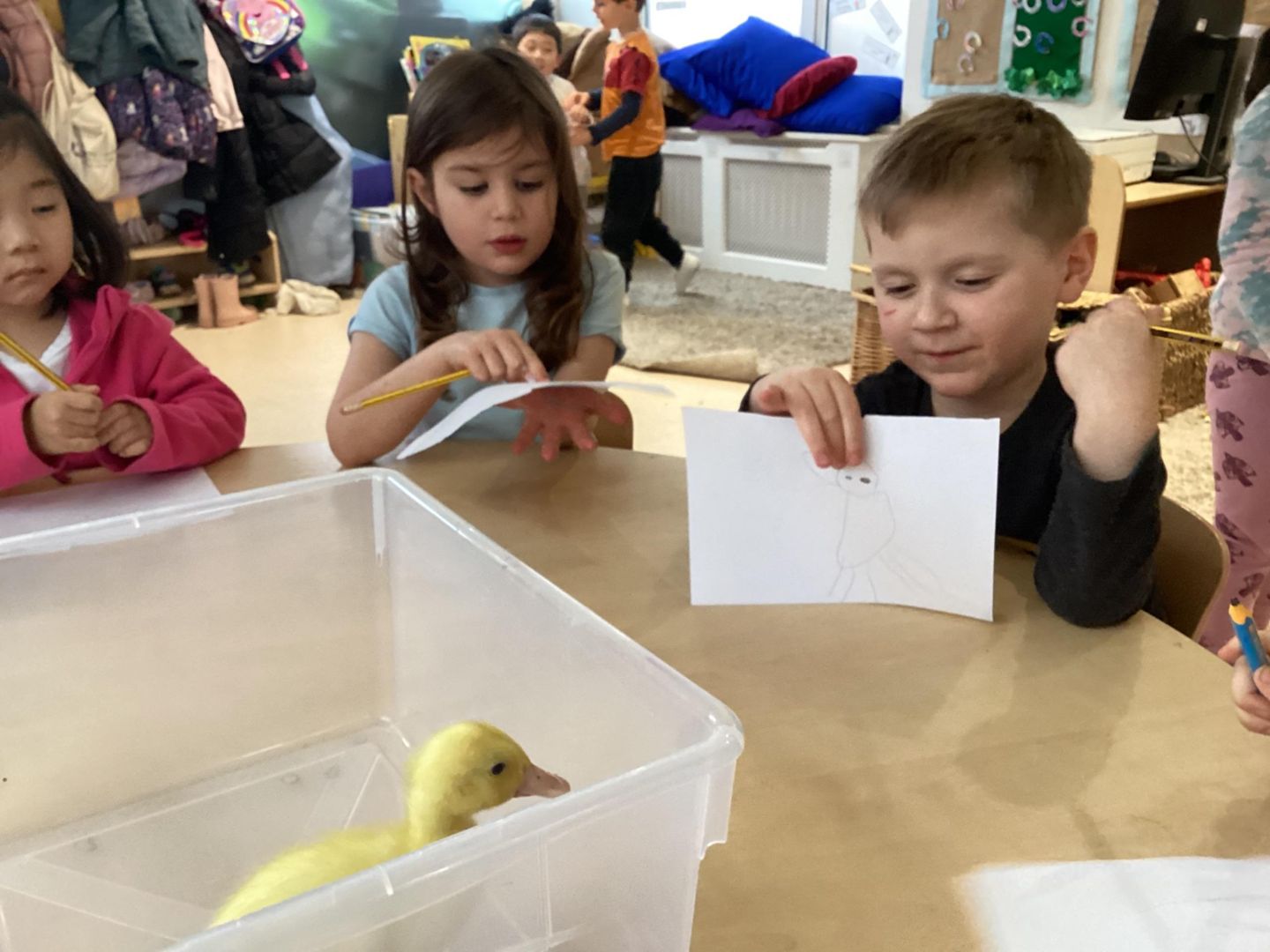Duck Hatching - Life Cycle of a Duck
Duck Hatching - Life Cycle of a Duck
Over the past 2 weeks the children have been taking part in a duck hatching experiment as they explore the life cycle of a duck. The children had the opportunity to explore the eggs as they were delivered inside the incubator and make predictions about what might be inside. The children visited the local supermarket to look at a variety of different eggs such as chick eggs, duck eggs and qual eggs. They were brought back to nursery to explore the outside shell and the inside of the eggs.
Once the ducks started to hatch from the eggs the children got to watch the live duck hatching. The children watched on eagerly as the ducks started to dry off, warm up and turn fluffy inside the incubator. When the ducks were read the children were able to transfer the ducks from the incubator to the cage and brooder. The children learnt that the brooder kept the ducklings warm inside the cage.
The children had the opportunity to observe the ducks inside the cage and they moved, ate and drank. Eventually the children were able to learn self care as they handled the ducks, fed the ducks, gave them water and supported the team to clean out their cage and replenish with fresh sawdust and hay.
Lastly the children were able to support the ducks as they started to swim. The children watched the ducks swim in a container as they started to swim and submerge themselves in water. The children sowed care as they dried the ducks off with towels and returned them to warm up in the brooder.
The children explored all aspects of the ducks as they read duck lifecycle books, explored egg experiments, visited local duck ponds, drew and painted their own interpretations of the ducks and observed them throughout the expedient.
This was a lovely experience for the children to learn about life cycles and the children to learn about life, decay and changes over time as part of our spring and life cycles theme. We are very excited to start the life cycle of a chick experiment next month to make comparisons and scaffold onto what children have already learnt about the ducks and make links between the two experiences.
